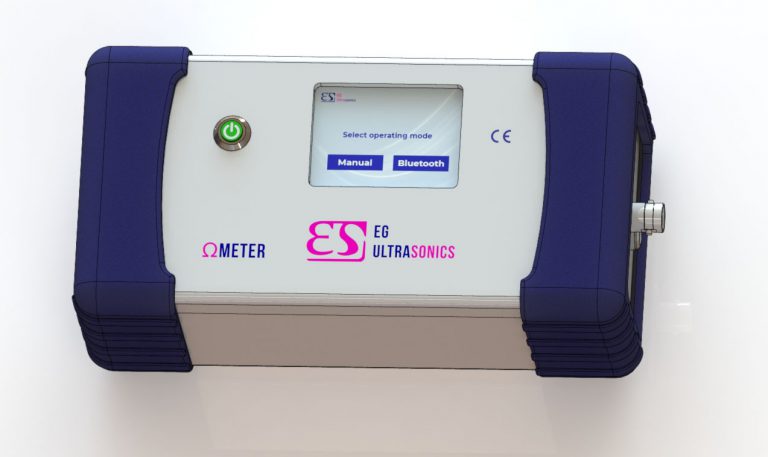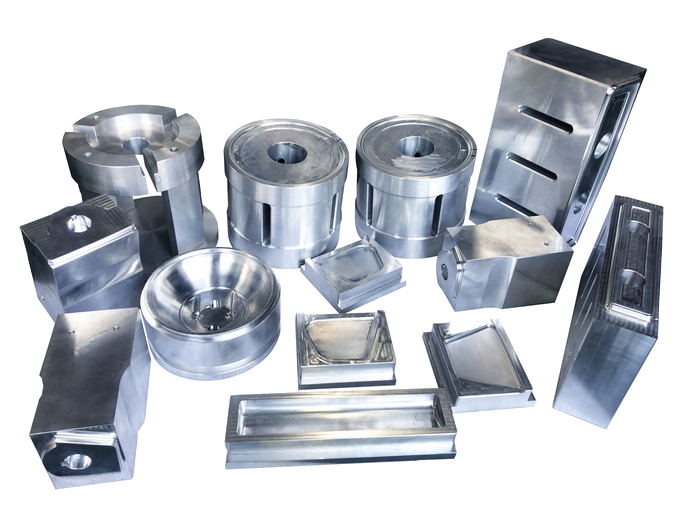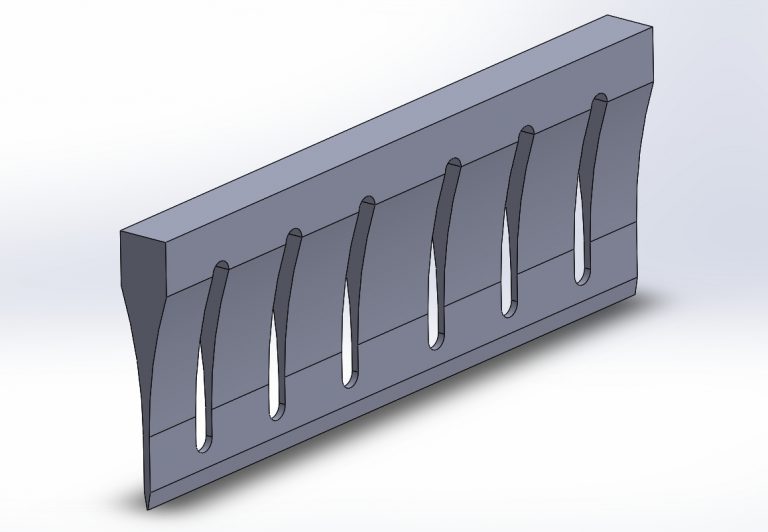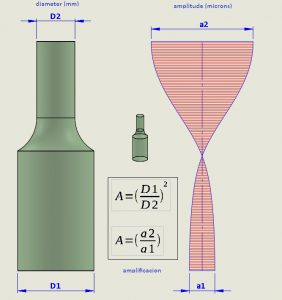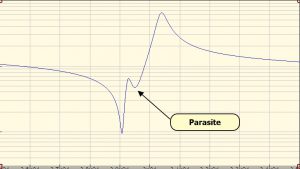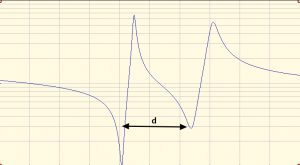
Menu
MAKE AND TEST
SONOTRODES ...
Portable analyzer and consulting services for industries
With or without previous experience
EG Ultrasonics offers advice and tools for the construction and testing of sonotrodes for industries with or without previous experience.
OMETER‘s small size, its autonomy and its connectivity to a mobile phone or PC allow it to be used both in the workplace and in the laboratory.
Our extensive experience in the design of several thousand sonotrodes will help you in the process. Technical consultations for the construction of spare parts are free of charge.
New sonotrode design and FEA analysis services available on budget.

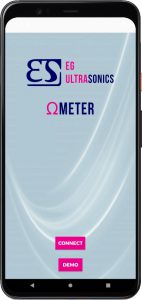
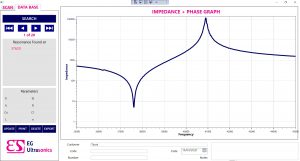
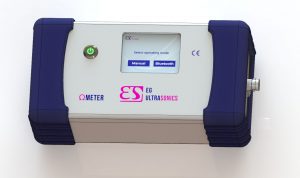
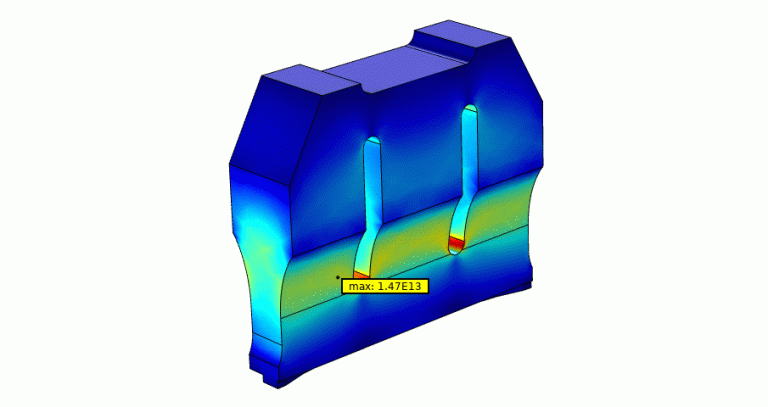
ANALYSIS
Finite element studies of the vibration and stress characteristics of existing models.
